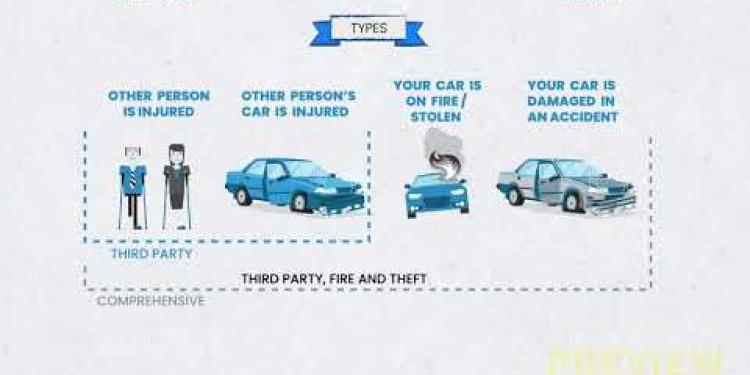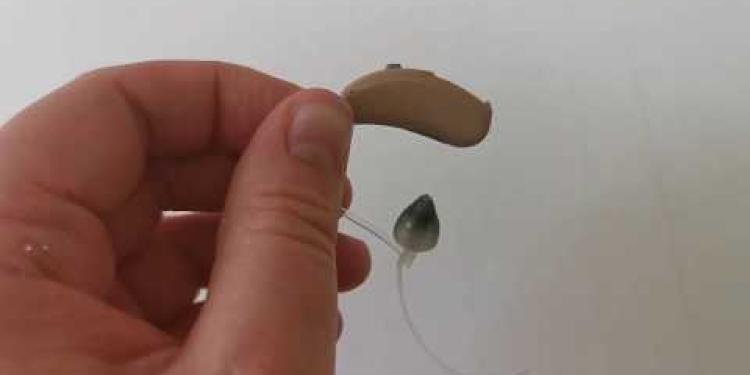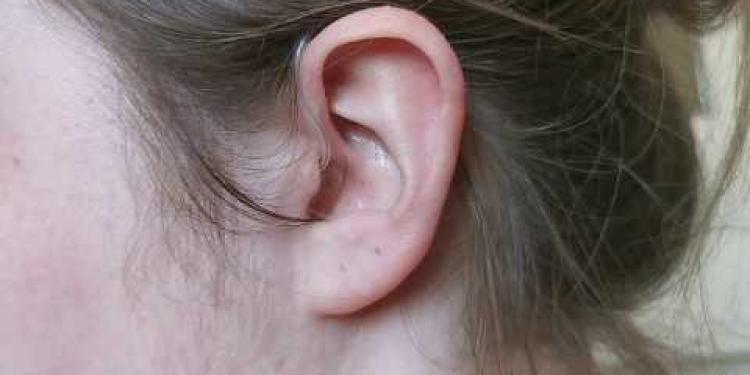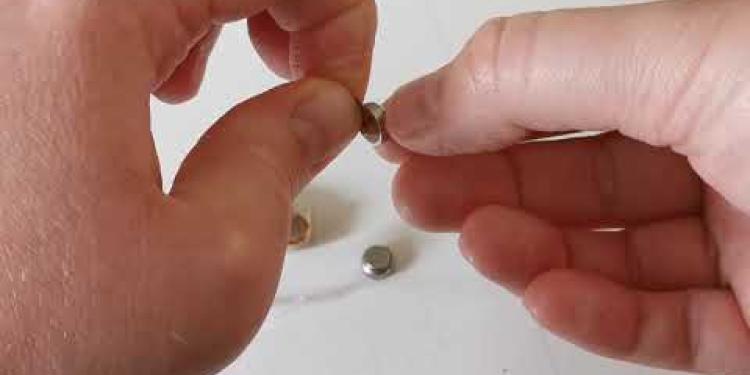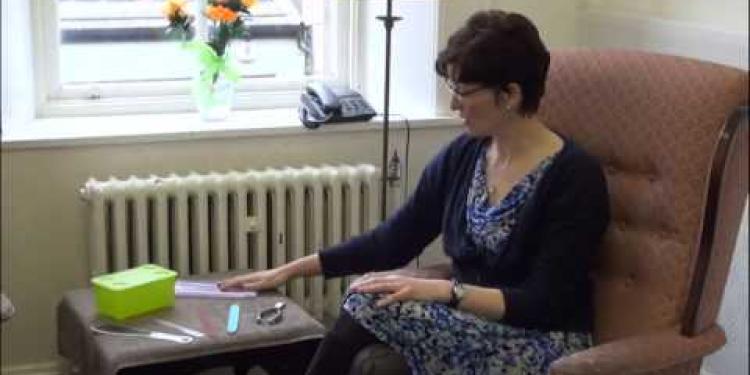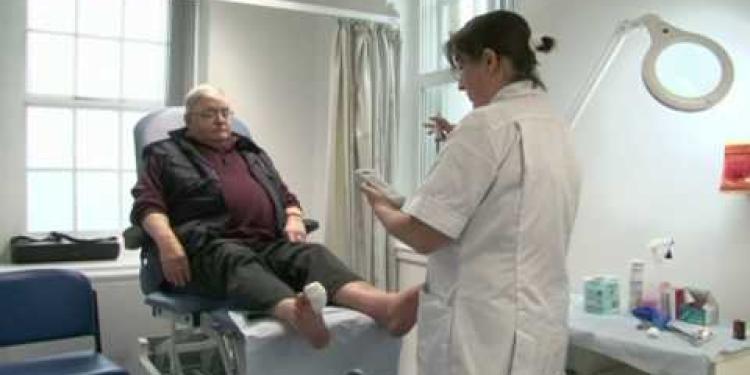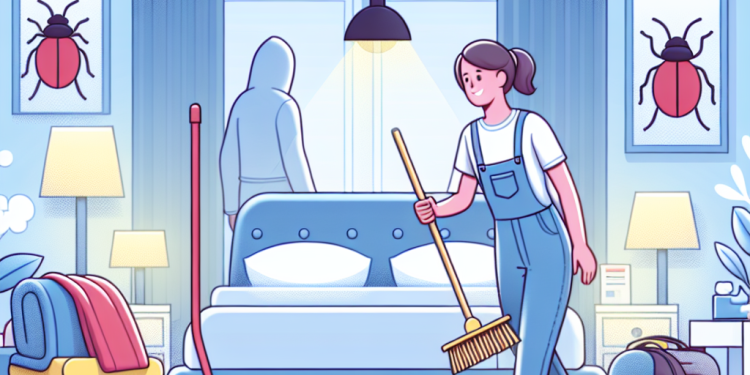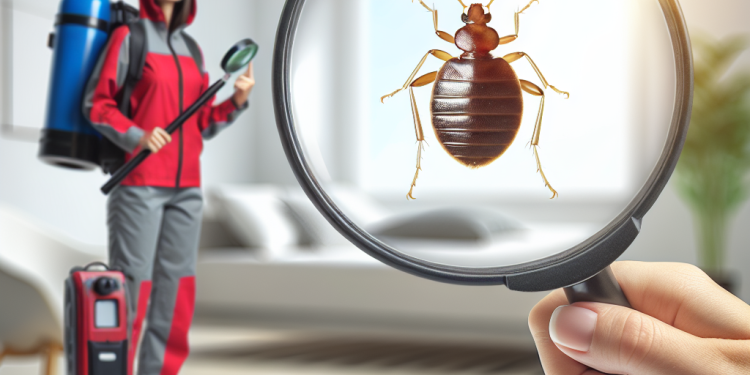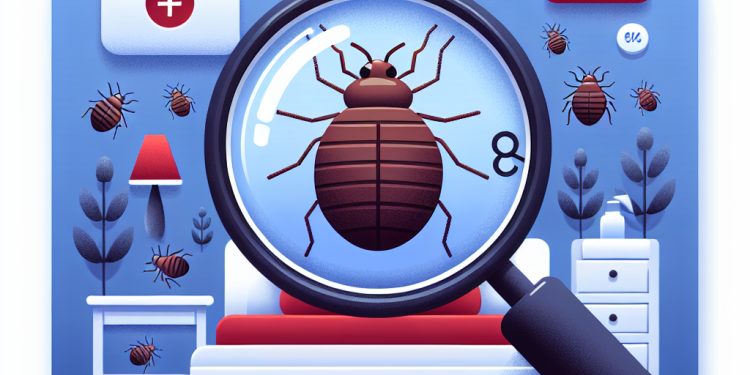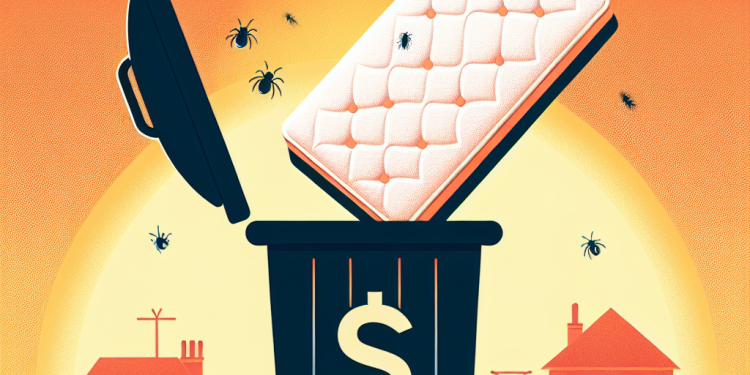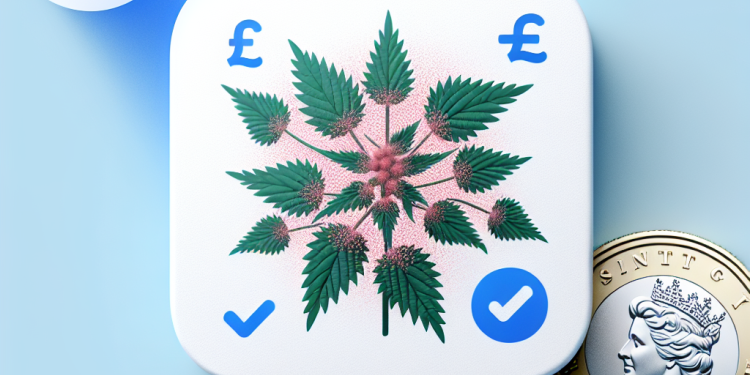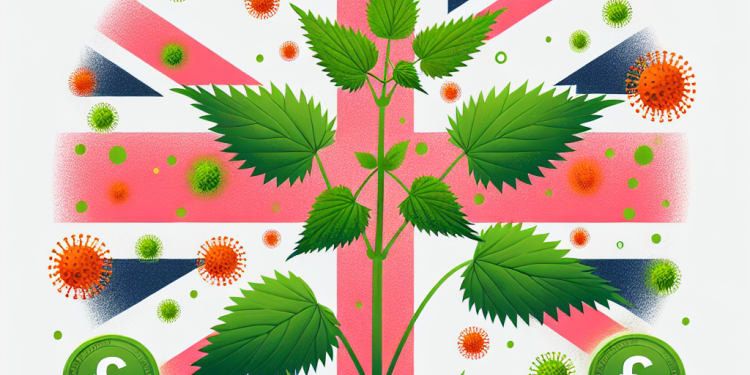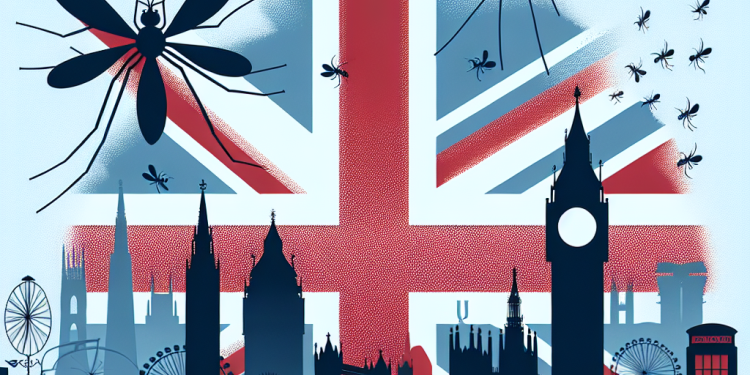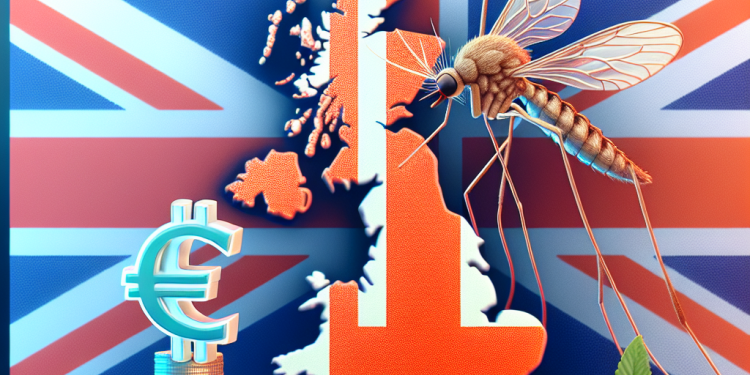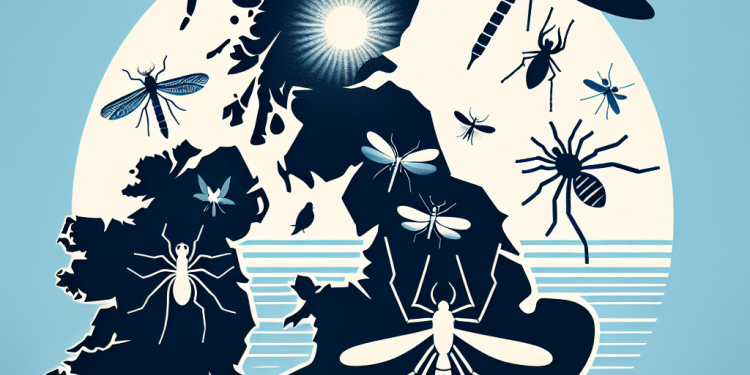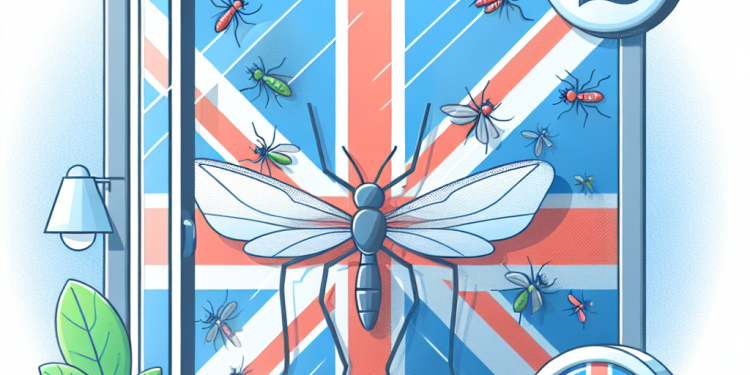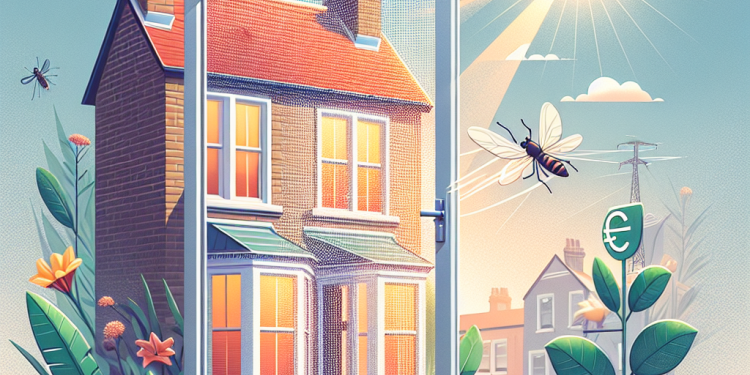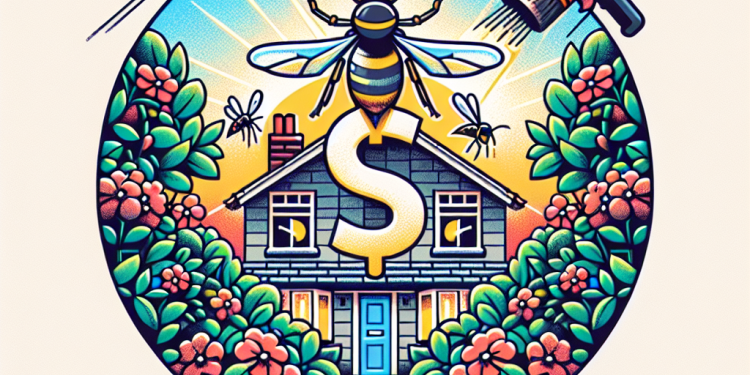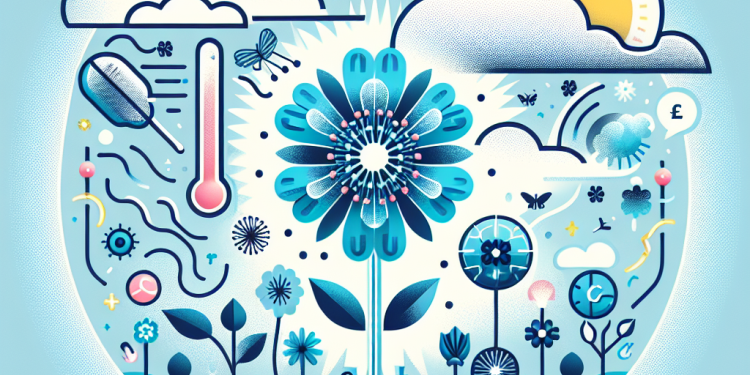
Find A Professional
More Items From Ergsy search
-

How are pollen counts measured?
Relevance: 100%
-

How can I reduce my exposure to pollen?
Relevance: 63%
-

Do all plants produce pollen that causes hay fever?
Relevance: 60%
-

How does climate change affect pollen levels?
Relevance: 58%
-

Experts Warn of Rising Hay Fever Cases as Pollen Counts Surge
Relevance: 50%
-
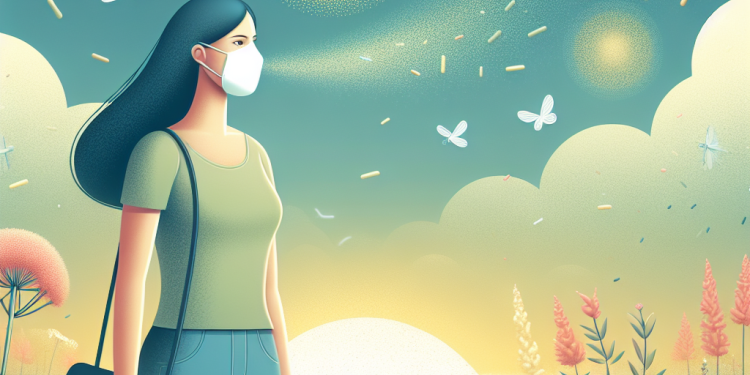
How does pollen affect people with hay fever?
Relevance: 49%
-

Can mosquito screens help reduce hay fever symptoms?
Relevance: 33%
-

Dealing with Seasonal Allergies
Relevance: 27%
-

Do masks help with hay fever?
Relevance: 25%
-

Hay fever advice | NHS
Relevance: 23%
-

Is hay fever more common in urban areas?
Relevance: 22%
-

How long does a typical hay fever season last?
Relevance: 22%
-

Can hay fever be prevented?
Relevance: 21%
-

Why are experts warning of rising hay fever cases?
Relevance: 20%
-

What is hay fever?
Relevance: 18%
-

New Study Reveals Surprising Facts About Daily Step Counts
Relevance: 17%
-

What Happens To Investments and Pensions | Moving Abroad | Leaving the UK
Relevance: 16%
-

Are there any treatments for hay fever?
Relevance: 15%
-

Self care - hay fever itchy eyes
Relevance: 15%
-

Applying For Universal Credit
Relevance: 13%
-

Is there a link between hay fever and asthma?
Relevance: 13%
-

Which countries have higher rates of measles?
Relevance: 13%
-

Unfreezing the Truth The UK's Frozen Pensions
Relevance: 13%
-

Are some people more prone to hay fever?
Relevance: 12%
-

Can children develop hay fever?
Relevance: 12%
-

Do pets contribute to hay fever?
Relevance: 12%
-

Major Banks Announce Changes in Interest Rates: Are You Affected?
Relevance: 11%
-

MRSA Screening at County Durham and Darlington NHS Foundation Trust
Relevance: 11%
-

Navigating Changes in Family Law Post-Brexit
Relevance: 11%
-

What Is An ISA UK (Should I have an ISA & Different Types Of ISAs)
Relevance: 10%
-

Saving for the Future: The Best ISAs to Consider Right Now
Relevance: 10%
-

How to deal with period pain | NHS
Relevance: 9%
-

RIGHT TO BUY MORTGAGE - LET ME SAVE YOU TIME AND MONEY
Relevance: 8%
-

Government Support Schemes for Families Affected by Inflation
Relevance: 7%
-

An introduction to claiming asylum in the UK
Relevance: 7%
-

Financial Support for Families Amid Rising Cost of Living
Relevance: 7%
-

Self care: Treating ear infections
Relevance: 7%
-

What can I do about haemorrhoids? | NHS
Relevance: 7%
-

How to treat earache | NHS
Relevance: 7%
-

Stomach ache and abdominal pain
Relevance: 6%
Understanding Pollen Counts
Pollen counts are an essential tool for those who suffer from allergies, particularly during the spring and summer months when plants release large quantities of pollen into the air. These measurements help individuals anticipate and manage allergic reactions by providing forecasts that help them avoid exposure. In the UK, pollen counts are an important aspect of public health information, often disseminated through weather reports and health advisories.
How Are Pollen Counts Measured?
Pollen counts are typically measured using a device known as a "rotorod sampler" or a volumetric spore trap, such as the Burkard trap, which is widely used across the UK. The concept behind these devices is to capture airborne particles, including pollen grains, over a specific time period. The process involves drawing a known volume of air through a sticky surface or tape that captures pollen.
The Burkard trap, for instance, uses a rotating drum covered in adhesive tape. As the drum rotates, air is passed over it, and pollen grains adhere to the tape. This tape is then analyzed, often by trained technicians, to identify and count the number of pollen grains from different plant species. The data collected is used to calculate the concentration of pollen in the air, usually expressed as the number of grains per cubic meter of air over a 24-hour period.
The Role of Meteorological Factors
Meteorological conditions play a significant role in the concentration and distribution of pollen. Factors such as wind speed and direction, temperature, and humidity can significantly influence pollen counts. For instance, warm, dry, and windy weather typically results in higher pollen counts, as these conditions facilitate the release and dispersal of pollen. On the other hand, rain can help wash pollen out of the air, leading to lower counts.
Reporting and Using Pollen Count Data
In the UK, organizations such as the Met Office provide regular pollen forecasts, which are valuable for individuals with pollen allergies. These forecasts are based on data collected from pollen sampling sites across the country, combined with weather data to predict pollen levels over a few days. Pollen forecasts help allergy sufferers minimize exposure by planning outdoor activities according to pollen levels.
Understanding pollen counts allows individuals to take preventive measures, such as staying indoors on days with high counts, using air purifiers, or taking antihistamines. Accurate pollen count predictions are crucial for public health and individuals who rely on these forecasts to manage their symptoms effectively.
Conclusion
Measuring pollen counts is a vital process that combines biological sampling with meteorological insights. This data helps forecast pollen levels, enabling those affected by hay fever to manage their condition better. As climate patterns and environmental conditions continue to evolve, continued research and monitoring are essential to ensure the accuracy and reliability of pollen count measurements and forecasts.
Understanding Pollen Counts
Pollen counts tell us how much pollen is in the air. This is important for people who have allergies, especially in spring and summer when plants release pollen. Pollen forecasts help people avoid allergy symptoms. In the UK, pollen counts are part of health information you might see in weather reports.
How Are Pollen Counts Measured?
To measure pollen, we use special tools like a "rotorod sampler" or a machine called a Burkard trap. These machines catch pollen from the air. They have sticky tape that pollen sticks to as air moves by.
For example, the Burkard trap has a drum with sticky tape. The drum turns and air blows on it. Pollen sticks to the tape. Experts then look at the tape to count the pollen grains. They work out how much pollen is in the air by counting pollen grains per cubic meter over 24 hours.
The Role of Weather
Weather affects how much pollen is in the air. Wind, temperature, and humidity all matter. Warm, dry, and windy days usually mean more pollen in the air. Rain can help by washing pollen away, so there is less in the air.
Using Pollen Count Information
In the UK, the Met Office shares pollen forecasts. This is helpful for people with pollen allergies. They use pollen data and weather information to guess how much pollen will be in the air soon. These forecasts help people plan to avoid high pollen times.
Knowing pollen counts helps people take steps to prevent symptoms, like staying indoors on high pollen days, using air purifiers, or taking allergy medicine. Correct pollen forecasts are important for helping people stay healthy.
Conclusion
Finding out how much pollen is in the air is important. It combines looking at plants and checking the weather. This helps predict pollen levels so people with hay fever can feel better. As weather changes, studying pollen counts will help keep these forecasts right and helpful.
Frequently Asked Questions
What is a pollen count?
A pollen count is a measure of the concentration of pollen in the air over a specific period.
How is pollen count measured?
Pollen count is typically measured using a device called a volumetric spore trap or a similar device. These devices collect air samples over a 24-hour period, which are then analyzed under a microscope to determine the concentration of pollen grains.
What type of device is commonly used to measure pollen counts?
One commonly used device is the Burkard spore trap, which uses a rotating drum to catch air samples and collect pollen grains onto a sticky surface.
How often are pollen counts taken?
Pollen counts are typically taken daily, often over a 24-hour period, to provide current data.
What factors can affect pollen counts?
Weather conditions such as wind, rain, and temperature can affect pollen counts, as well as the time of year and types of vegetation in a region.
What is a high pollen count?
A high pollen count typically indicates a significant concentration of pollen in the air, which can lead to increased symptoms for allergy sufferers. The specific level considered 'high' can vary depending on the region and types of pollen.
Can pollen counts vary throughout the day?
Yes, pollen counts can vary throughout the day, often peaking in the morning and decreasing in the evening.
Who provides pollen count information?
Pollen counts are often provided by local health departments, meteorological services, and specialized allergy organizations.
What types of pollen are measured?
Common types of pollen that are measured include tree, grass, and weed pollen.
How can one access pollen count data?
Pollen count data can be accessed through websites, apps, and weather reports that focus on allergy information.
Why is measuring pollen counts important?
Measuring pollen counts is important for allergy sufferers to manage their symptoms and for healthcare providers to give appropriate advice.
What is a volumetric spore trap?
A volumetric spore trap is a device used to continuously sample the air for pollen over a set period of time, providing data used to calculate pollen counts.
Can pollen counts be predicted?
Pollen counts can be forecasted based on historical data, weather patterns, and seasonal trends, although predictions may not always be accurate.
How does weather impact pollen counts?
Weather conditions like wind can increase pollen distribution, whereas rain can reduce pollen levels by washing pollen out of the air.
Are pollen counts the same for all regions?
No, pollen counts vary significantly from one region to another due to differences in local vegetation, climate, and geography.
Can pollen counts be measured indoors?
Indoor pollen levels are typically much lower than outdoor levels, but specialized indoor air quality devices can measure pollen indoors.
Do pollen counts only measure airborne pollen?
Yes, pollen counts specifically measure the concentration of airborne pollen that can impact respiratory health.
Are there different methods for measuring pollen counts?
Yes, while the most common is using a spore trap, other methods include using sticky slides or petri dishes exposed to the air.
How does wind influence pollen counts?
Wind can carry pollen grains over long distances, increasing the measured pollen count in a given area.
Can pollen count measurements be affected by human error?
Yes, the manual counting and identification of pollen grains under a microscope can introduce potential human error.
What is a pollen count?
Pollen count tells us how much pollen is in the air. Pollen comes from plants. It can make some people sneeze or have itchy eyes. Knowing the pollen count helps people plan their day, especially if they feel unwell because of pollen.
Tip: If pollen makes you feel bad, you can stay indoors, wear a mask, or take medicine to help.
Pollen count tells us how much pollen is in the air.
How do we count pollen?
Pollen is the tiny stuff from plants that can make you sneeze. We count it to know how much is in the air.
Helpers look at the air to see how much pollen is there. They use special tools to catch pollen from the air.
If there is a lot of pollen, people may need medicine for allergies. You can listen to pollen news on TV or radio to stay updated.
A pollen count tells us how much pollen is in the air. To measure it, we use a special tool that catches pollen from the air all day long. Scientists then look at this pollen under a microscope to see how much pollen there is.
What tool do we use to count pollen in the air?
A Burkard spore trap is a tool that helps catch pollen from the air. It has a drum that spins around and a sticky surface where the pollen sticks.
How many times do we check pollen levels?
People check pollen counts every day. They usually check for 24 hours to get the latest numbers.
What can change how much pollen is in the air?
Things like wind, rain, and how hot or cold it is outside can change how much pollen is in the air. The time of year and what plants are around can also change pollen levels.
What does high pollen count mean?
Pollen is a tiny powder from plants. If there is a lot in the air, it is called a high pollen count.
Here are some tips to help:
- Check the weather for pollen information.
- Wear sunglasses to keep pollen out of your eyes.
- Stay inside when pollen is high.
When there is a lot of pollen in the air, it is called a high pollen count. This can make allergies worse for some people. What is considered a 'high' amount can be different based on where you live and the kind of pollen around.
Does pollen change during the day?
Yes, the amount of pollen in the air can change during the day. There is often more pollen in the morning and less in the evening.
Who gives us pollen count information?
The pollen count tells us how much pollen is in the air. This is important for people who have allergies or asthma. Knowing the pollen count can help them stay safe.
Weather websites and apps often show pollen count information. They get this information from experts who measure the air. Look for websites or apps that talk about the weather.
If you use a smartphone or computer, you can check the weather app or website. They usually have the pollen count listed. You can also ask a grown-up to help you find it.
Some helpful tools and tips to check pollen count:
- Weather apps on your phone or tablet
- Weather websites, like the BBC Weather or The Weather Channel
- Ask someone to help if you cannot find it
- Use simple words when searching, like "pollen count today"
Pollen counts tell us how much pollen is in the air. You can find this information from places like local health offices, weather services, and allergy groups.
What pollen do we measure?
We check different kinds of pollen in the air. This helps us know if people might get allergies, like hay fever. - **Flower Pollen**: Pollen from flowers outside. - **Tree Pollen**: Pollen from trees like oak and birch. - **Grass Pollen**: Pollen from grass in fields or your garden. Tools like visual aids or pictures can help remember these types. Reading with a friend or adult can also be useful.We look at different kinds of pollen. This includes pollen from trees, grass, and weeds.
How can you find out pollen count numbers?
Pollen count tells us how much pollen is in the air. It helps people who sneeze or feel sick from pollen.
Here are easy ways to find pollen count numbers:
- Check a weather app. Some apps show pollen numbers.
- Visit a weather website. Look for the pollen count section.
- Listen to the weather news on TV or radio.
Ask an adult for help if you need to find this information.
You can find pollen count information on websites, apps, and weather reports. These help you know about allergies.
Why do we need to know how much pollen is in the air?
Knowing how much pollen is in the air helps people with allergies. Pollen can make them sneeze or itch. When we know pollen levels, we can help people feel better.
Tips:
- Check the weather report for pollen levels.
- Stay indoors on days with high pollen.
- Wear a mask outside to keep pollen out.
Counting pollen helps people with allergies feel better. It helps doctors give good advice too.
What is a volumetric spore trap?
A volumetric spore trap is a tool that helps us find and count tiny things in the air called spores. Spores can come from plants, like pollen, or from fungi, like mold.
This tool collects air and captures the spores on a sticky surface. Scientists look at this surface to see how many spores are there.
If you want to learn more about spores, you can ask someone to help you read or watch a video about it.
A spore trap is a tool. It helps us check the air for pollen all the time. It tells us how much pollen is in the air each day.
Can we know how much pollen will be in the air?
Weather experts can often tell us how much pollen will be in the air. They use tools and weather patterns to make good guesses.
If you want to know about pollen, you can:
- Check the weather app on your phone.
- Listen to the weather report on TV or radio.
- Get updates from a weather website on your computer.
These tips can help you know when it's a good idea to stay indoors if pollen bothers you.
Pollen counts tell us how much pollen is in the air. We can guess these numbers by looking at old data, weather, and seasons. But sometimes, these guesses are not always right.
If you need help with pollen counts, you can use apps or websites that give daily updates about the pollen in your area. These tools can help you plan your day better if you have allergies.
How does weather change pollen levels?
The weather can change how much pollen is in the air.
When it's warm and sunny, there might be more pollen. This can make it harder for people who are allergic to pollen.
If it rains, the rain can wash pollen away. This might make it easier to breathe for a while.
Windy weather can blow pollen around, making it spread far and wide.
Try listening to the weather report. It can tell you if there will be high or low pollen levels. This helps you plan your day!
Wind can make pollen spread more. Rain can make pollen go away because it washes it out of the air.
Is pollen the same everywhere?
No, pollen is different in different places. The weather and plants can change how much pollen is in the air.
If pollen bothers you, you can use a pollen tracker app or website. These can help you know when pollen is high.
No, pollen counts are different in each area because of the plants, weather, and land there.
Can we count pollen indoors?
There is less pollen inside than outside. Special machines can check pollen inside the house.
Do pollen counts only count pollen in the air?
Yes, pollen counts tell us how much pollen is in the air. This is important because it can affect how we breathe.
Are there different ways to measure pollen in the air?
Yes, there are different ways to check how much pollen is in the air. Pollen is tiny bits from plants that can make some people sneeze.
Here are some tools and tips:
- Use a special tool called a pollen trap. It catches pollen from the air so you can count it.
- Ask experts who study plants and air. They use computers to measure pollen too.
- Look at pollen reports on the weather news. They help people know how much pollen is outside.
If reading is tricky, try:
- Listening to audio books for help.
- Using apps or websites that read text out loud.
Yes, there are a few ways to do this. The most common way is to use a spore trap. You can also use sticky slides or petri dishes and leave them in the air.
How does wind change pollen amounts?
Wind can move pollen through the air. This can make the pollen amounts higher. When it is windy, pollen moves around more. This can cause more sneezing or make allergies worse.
If you have allergies, it helps to check the pollen count. There are apps and websites to help you with this. Wearing sunglasses or a hat can keep pollen out of your eyes and hair.
Wind can blow pollen grains far away. This makes more pollen where the wind takes it.
Can people make mistakes when counting pollen?
Yes, looking at pollen under a microscope and counting it by hand can lead to mistakes.
Useful Links
More Videos of Interestdiagnosis
Have you found an error, or do you have a link or some information you would like to share? Please let us know using the form below.
- Ergsy carfully checks the information in the videos we provide here.
- Videos shown by Youtube after a video has completed, have NOT been reviewed by ERGSY.
- To view, click the arrow in centre of video.
- Most of the videos you find here will have subtitles and/or closed captions available.
- You may need to turn these on, and choose your preferred language.
- Go to the video you'd like to watch.
- If closed captions (CC) are available, settings will be visible on the bottom right of the video player.
- To turn on Captions, click settings .
- To turn off Captions, click settings again.







































